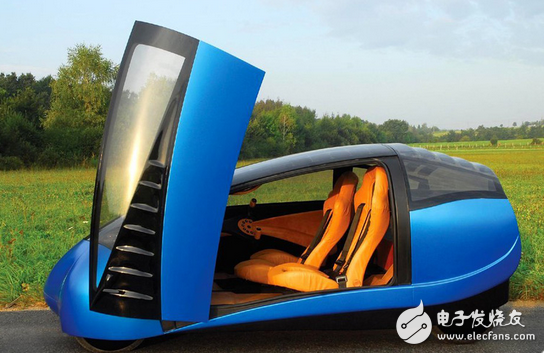At the end of 2015, the status quo and prospects of new energy vehicles received great attention. This is mainly due to the following three factors: First, in order to complete the 12th Five-Year Development Goals, major auto companies have stepped up their sprints at the end of the year; new energy vehicle policies have been introduced intensively, triggering media coverage; finally, after the policy and car market The role of cultivation, the acceptance of new energy vehicles is increasing. Under the above factors, the sales of new energy vehicles are also rising.

New energy vehicle market development
The data shows that in 2013, the output of China's new energy vehicles was 17,500, including 14243 pure electric vehicles and 3,290 plug-in hybrids; the sales of new energy vehicles were 17,600, of which 14,604 were pure electric sales, and plug-in hybrid sales were 3038. Car. 2014 was a year of rapid development of the new energy vehicle market. In the whole year, a total of 78,499 new energy vehicles were produced, with sales of 74,763 units, an increase of 3.5 times and 3.2 times respectively over the previous year. From January to October 2015, China sold a total of 171,145 new energy vehicles, a year-on-year increase of 2.9 times, of which 113,810 were pure electric vehicles, up 3.9 times year-on-year; 57,535 plug-in hybrid cars were sold, up 1.8 times year-on-year. .
Analysis of new energy automobile industry chain
Under the circumstances of strong policy and increasing market acceptance, China's new energy automobile industry chain companies have also benefited. Compared with the traditional automobile industry, in addition to the changes in the mid-stream vehicle and parts enterprises, the new energy vehicle industry in the upstream has increased lithium battery, motor and electronic control systems, and downstream increased charging facilities construction and battery recycling. Among them, the upstream lithium battery industry chain is the longest, which is also crucial for the development of new energy vehicles. It can be said that any technological breakthrough in the lithium battery industry chain will help drive the development of new energy vehicles. Therefore, power companies such as Xinzhoubang, China Baoan, Shanshan, Keliyuan and BYD are worthy of attention.
The middle reaches are the whole vehicle manufacturing and parts parts. They are trapped in the underdeveloped automobile industry in China. In the whole vehicle manufacturing process, the core technology relies on more imports, which also leads to higher costs for new energy vehicles. However, in recent years, BYD, Geely, Independent automakers such as BAIC are emerging through the rise of new energy vehicles. The construction of downstream charging facilities is rapidly developing. The charging pile and the charging station itself have profit value. Under the rapid impact of the Internet, the charging station/pile will become an important entrance for the Internet of Vehicles, and its value will be further enlarged. , Xu Ji Electric, Zhongheng Electric and other related manufacturers bring huge development opportunities.
New energy car dilemma
The Prospective Industry Research Institute pointed out that while the new energy vehicles are developing at a high speed, the problems faced by the market and the industry cannot be ignored. In the market, due to imperfect construction of charging facilities, the market prefers plug-in hybrid vehicles, which makes the manufacturers of pure electric vehicle manufacturers stunned; in addition, due to cost considerations, small and pure electric vehicles on the market are more Popular in the market, the low-speed electric vehicles that are popular in the urban and rural junctions of Shandong and Hebei are currently in the “grey zone†of the law.
In the industrial chain, lithium battery technology is difficult to make major breakthroughs, resulting in short-lived and high-cost new energy vehicles. The layout and profitability of charging facilities have not yet improved. This has also restricted the emergence of new energy vehicles.
In summary, although the performance of new energy vehicles in 2015 is excellent, the future development prospects still have a long way to go. Taking into account the needs of national energy conservation, environmental protection, and “overtakingâ€, future policies will continue to support new energy vehicles, and subsidies for new energy vehicles will shift from vehicle to lithium battery research and development, charging facilities, etc. To some extent, the difficulties of new energy vehicles will be improved, and the industry's development prospects are improving.
Electric Ceramic Cooktop,Ceramic Surface Cooktop,4 Heating Zone Ceramic Cooktop,4 Burners Gas Cooktop Freestanding
xunda science&technology group co.ltd , https://www.gasstove.be